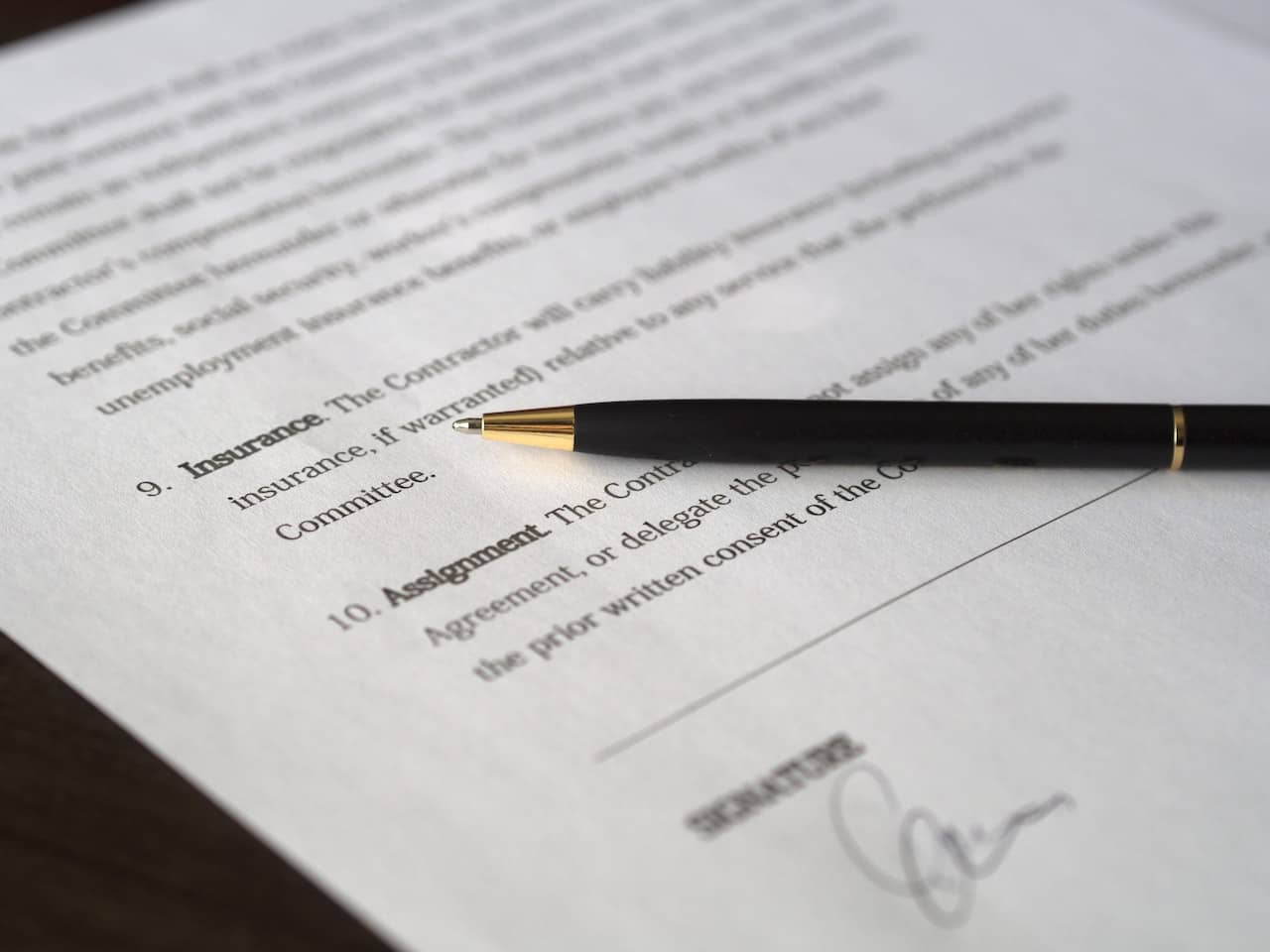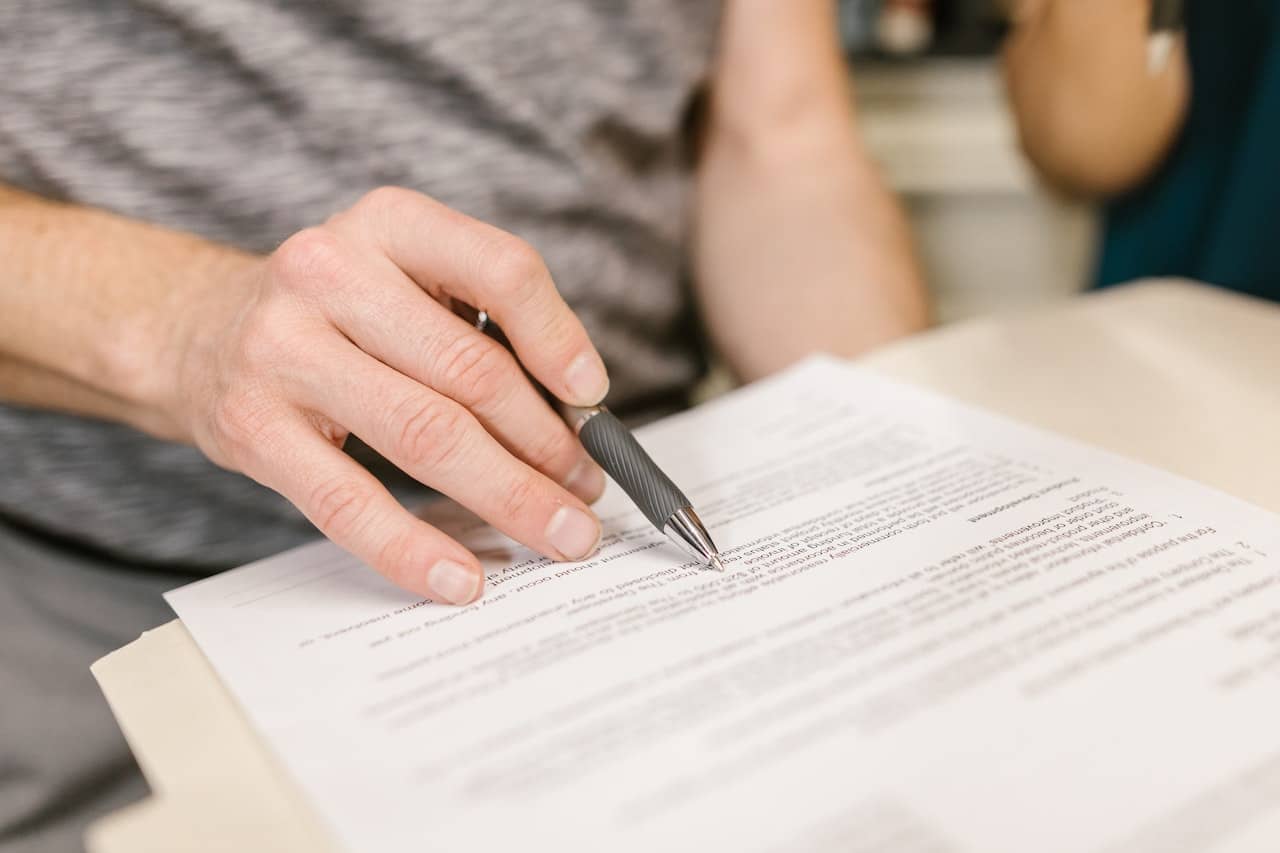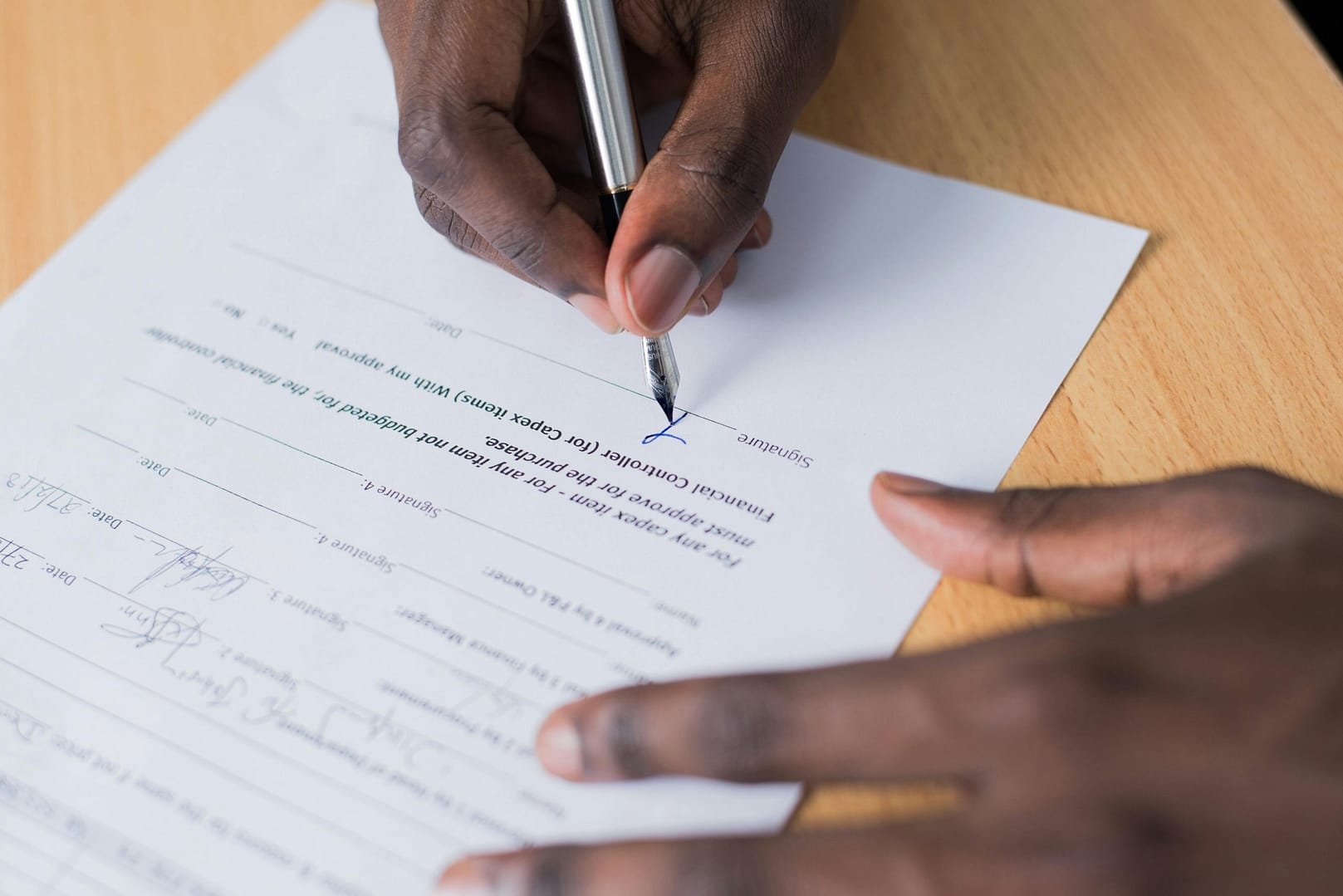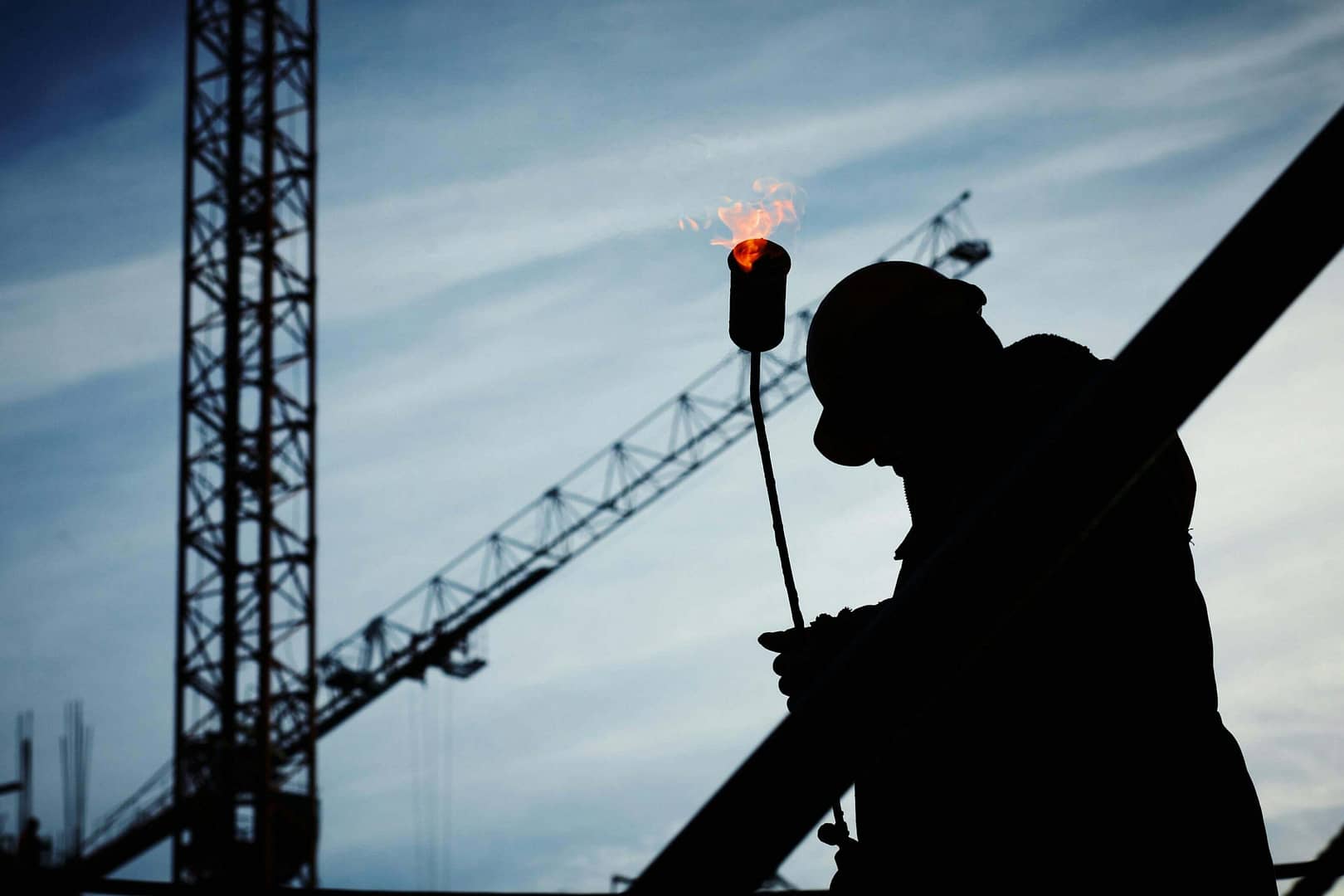In the world of real estate and property ownership, leaseholders play a crucial role. However, recent developments have put them in the spotlight due to the introduction of the Building Safety Act for Leaseholders. This act has far-reaching implications for individuals who own leasehold properties, aiming to enhance safety measures, redefine responsibilities, and reshape the leaseholder experience. Let’s delve into the details of this act, how it affects leaseholders, the legal rights it bestows upon them, and how to make a housing disrepair claim.
The Genesis of the Building Safety Act
The Building Safety Act came into being as a direct response to the tragic Grenfell Tower fire incident in 2017, which exposed glaring gaps in building safety regulations and highlighted the vulnerability of leaseholders. This catastrophe served as a grim wake-up call, propelling the need for substantial reforms to ensure the safety and security of occupants in high-rise residential buildings.
What is the Building Safety Act for Leaseholders?
The Building Safety Act for Leaseholders primarily addresses fire and structural safety concerns in multi-occupancy residential buildings. It seeks to prevent similar tragedies by enforcing stricter regulations and holding accountable those responsible for building safety. Importantly, it introduces a comprehensive system to oversee the safety of buildings throughout their lifecycle – from design and construction to occupation and maintenance.
How Does the Building Safety Act Affect Leaseholders?
Leaseholders find themselves at the heart of this act’s implications. Previously, many leaseholders were burdened with exorbitant costs for safety-related upgrades, often through the form of service charges. The Building Safety Act brings relief to these leaseholders by placing a greater onus on building owners, developers, and managers to address safety concerns without disproportionately passing on the financial burden to leaseholders.
Additionally, the act introduces a Building Safety Charge, which is distinct from the service charge. This charge covers the costs associated with implementing safety measures and maintaining compliance with the new regulations. By segregating this charge, leaseholders gain transparency and assurance that their funds are being allocated directly to building safety initiatives.
Legal Rights of Leaseholders Under the Building Safety Act
Leaseholders are now armed with several crucial legal rights under the Building Safety Act that empower them to ensure their safety and the integrity of their investment. Some of these rights include:
Access to Information
Leaseholders have the right to access information about their building’s safety status. This includes fire risk assessments, safety certificates, and maintenance records. This transparency enables leaseholders to stay informed and hold relevant parties accountable.
Redress Mechanisms
The act establishes mechanisms for leaseholders to seek redress in case of safety-related disputes. If a leaseholder believes that safety concerns are not being adequately addressed, they can raise their concerns with the Building Safety Regulator, an independent entity responsible for overseeing building safety.
Right to Safety Upgrades
Leaseholders have the right to request safety upgrades if they believe their building falls short of the required safety standards. This right ensures that leaseholders have a say in the safety measures undertaken and provides an avenue to voice their concerns.
Limits on Costs
The act places limitations on the costs that can be passed on to leaseholders for safety-related works. This prevents unjustifiable financial burdens and promotes fair cost distribution among all stakeholders.
Leaseholder Engagement
The Building Safety Act emphasises the importance of engaging leaseholders in safety-related decisions. Leaseholders have the right to be consulted on safety measures, ensuring their voices are heard and their perspectives considered.
Embracing Change for a Safer Future
The Building Safety Act for Leaseholders heralds a new era of accountability and transparency in the realm of property ownership. While the act introduces stringent regulations and enforces responsibilities on building owners and managers, its core purpose is to protect the lives and investments of leaseholders. This transformation is not without its challenges, as the transition to compliance requires coordination, resources, and a shift in mindset. However, the end result promises safer living environments and a stronger foundation for the housing market.
Making a Housing Disrepair Claim Under the Building Safety Act
While the Building Safety Act for Leaseholders primarily focuses on fire and structural safety, it also addresses housing disrepair concerns that can significantly impact the quality of living for leaseholders. Housing disrepair encompasses issues like dampness, mould growth, faulty plumbing, and other structural defects that compromise the habitability of a property. The act recognises the importance of addressing these issues promptly and fairly, providing leaseholders with a framework to make housing disrepair claims.
Understanding Housing Disrepair Claims
Under the Building Safety Act, leaseholders have the right to make housing disrepair claims against their building’s owner or manager if their living conditions are compromised due to negligence or lack of proper maintenance. For instance, if a leaseholder’s property is affected by persistent leaks leading to dampness and mould, they can initiate a housing disrepair claim to ensure timely and effective repairs.
The Claim Process
Notification: Leaseholders need to notify the building owner or manager in writing about the disrepair issue, specifying the problem and the necessary repairs. Contacting us at National Claims should be one of your priorities when making a housing disrepair claim. Our claims specialists will be able to guide you through the entire claims process.
Assessment
The owner or manager must assess the claim and arrange for an inspection to determine the extent of the disrepair and the required remedial actions.
Rectification
Once the assessment is complete, the owner or manager is legally obligated to carry out the necessary repairs within a reasonable timeframe.
Compensation
In cases where the disrepair has caused significant inconvenience or health hazards, the leaseholder may also be entitled to compensation for damages suffered.

Conclusion
The Building Safety Act for Leaseholders is a landmark legislation that brings profound changes to the way leasehold properties are managed and maintained. It addresses the critical need for enhanced safety measures in the aftermath of the Grenfell Tower tragedy and strives to create a more equitable and transparent environment for leaseholders. By granting leaseholders access to information, redress mechanisms, safety upgrades, cost limitations, and opportunities for engagement, the act empowers them to actively participate in ensuring the safety and quality of their homes.
Furthermore, the act’s provisions for housing disrepair claims highlight the importance of maintaining habitable living conditions for leaseholders. This aspect acknowledges the broader impact that disrepair issues can have on the well-being and comfort of individuals and families residing in leasehold properties.
As the real estate landscape evolves in response to this act, it is important for both leaseholders and building owners/managers to adapt and collaborate in the spirit of creating safer and more secure living spaces. While challenges may arise during the transition, the overarching goal of safeguarding lives and investments remains at the forefront.
In a world where housing represents not just a physical space but also a sense of belonging and security, the Building Safety Act for Leaseholders signifies a collective commitment to a brighter and safer future for all those involved in the leasehold property ecosystem.
Contact us today to start your claim with one of our experienced claims specialists.
Click below to see why we are one of the most trusted claims management companies in the UK.

We’re proud of our excellent customer reviews
We thrive on delivering exceptional service and ensuring our clients’ satisfaction. Don’t just take our word for it. Check out some of our independent reviews to see what our clients have to say.
Excellent

This firm is excellent, they sorted out my car pay out and injury claim very fast, they always communicate with you all the time.

My accident case was dealt with confidence and with great result of the outcome, especially James kept me informed all the time.

I was very impressed at the way my inquiry was treated. I was listened to attentively and everything I needed to know was explained to me.






